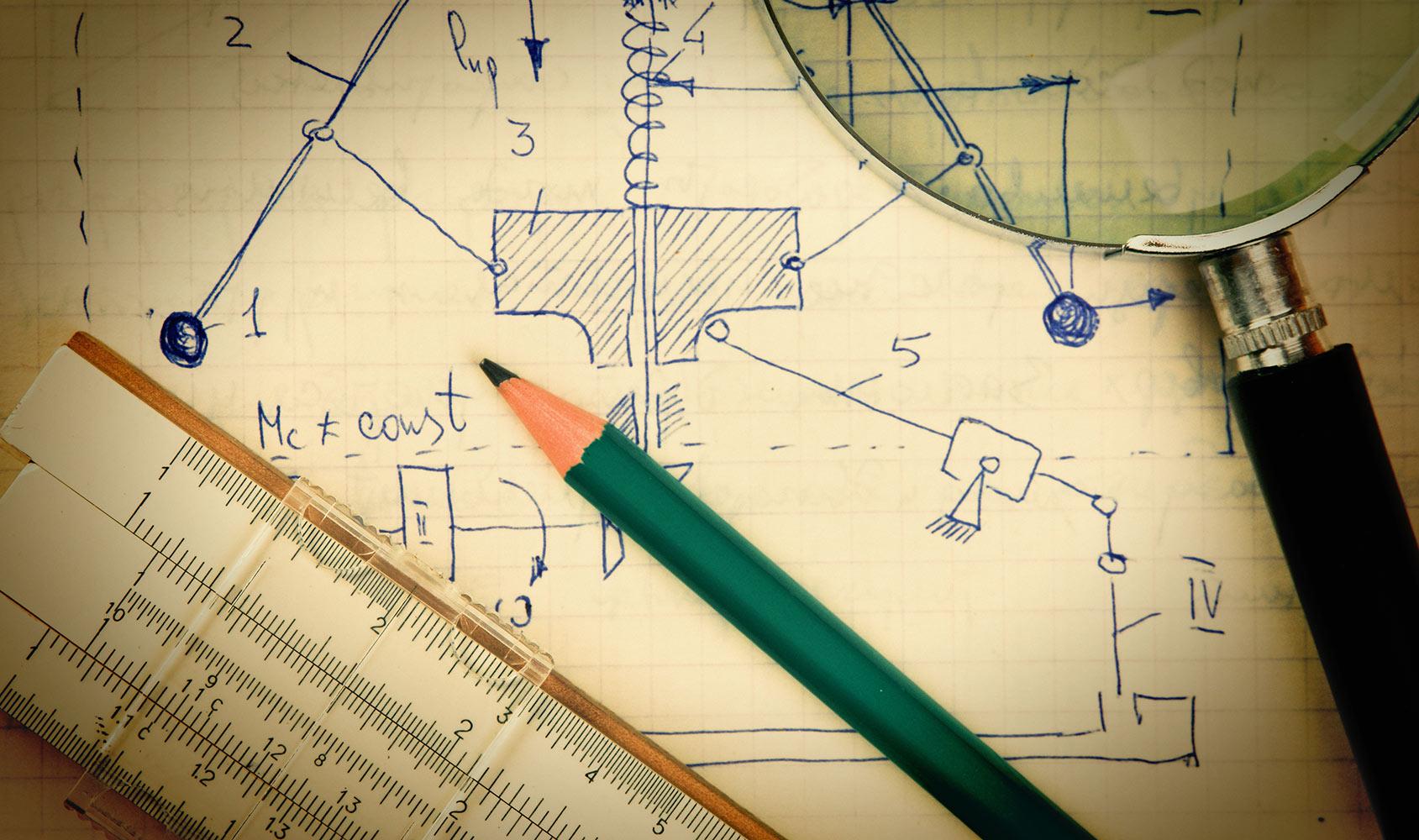
McPherson's STEM LAB
Project Lead the Way
Kindergarten
Structure and Function: Human Body
Inner Body
Outer Body
Smile Muscles
1st Grade
1st grade students are using knowledge of animal adaptations in a given environment to inform decisions about what humans need to do to adapt to that same environment.
An adaptation is a way or organism's body helps it survive, or live, in its environment.
2nd Grade
2nd graders are exploring how the surface of the Earth is always changing. They can explain how the wind, water, and natural disasters can change the shape of the Earth.
Save the City!
Collaboration
Investigating Erosion
3rd Grade
Students investigate the differences between genetic traits that are inherited and traits which are learned or influenced by the environment. They explore the phenomena that offspring may express different traits than parents as they learn about dominant and recessive genes.
Inheritance Board
Observable Traits
Seed Solutions
4th Grade
Students have been introduced to the analogy of the brain as a computer. They know how signals passing from cell to cell allow us to receive stimuli from the outside world, get this information to the brain for processing, and then send out a signal to generate a response.
The Body's Computer
Information Processing
The Brain in Action
5th Grade
Students learn about transmission of disease through a simulation and compare communicable and non-communicable diseases. They also investigate how the body protects us from these germs to keep us healthy.
Mystery at School
Disease Detectives
Scientific Inquiry Process
6th Grade
6th grade students learn to use the design process to solve problems and understand the influence of creativity and innovation in their lives. They work in teams and use tools such as mathematics software, computer-aided design programs, and engineering notebooks to design, model, and build objects.


















